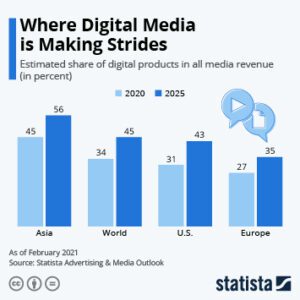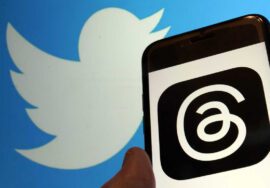

Social experiments, as a strategic marketing tool


Opinion by arsim@thejournalbiz.com
contributed by tracy@thejournalbiz.com
In order to test human resilience, and determine whether the mind, the mere perception can be influenced by the harsh surroundings, or specific circumstances like for instance, spending 15 days in prison, (as a guard or detainee) shocked many with an unexpected result.
In 1971 a team of psychologists designed an experiment in Stanford, USA. At first glance, the experiment seemed simple, participants were asked to play the role of prisoners and prison guards. The essence of the study was to test instinctive reactions or human behavior and how well it copes with social isolation.
The study led by psychologist G. Zimbardo, the Stanford Prison Experiment, nowadays is referenced how specific social situations can affect our attitude, the way we think, and how we behave.
Social Prision experiment clip from the study
Stanford Univesity /The Prison Experiment
Unfortunately, the experiment veered too quickly into the unforeseen extremes, so the study – which was supposed to last two weeks – ended on the sixth day.
Fast forward today, we have numerous television reality-based shows. “The Kardashians” in the US, “Love Island” in England, and “Big Brother” in Albania.
These type of ‘reality shows’ gets tremendous attention from the audience. The only difference from the Stanford experiment, which was based on human studies and was a non-profit, lies in the fact that the current ones are made for audience purposes only, as well as clickbait on social networking schemes, for the sole purpose – financial gains.
In fact, it provides a shortcut to fame too for participants, that more often than not tend to deviate from their behavior and become violent, and abusive toward one another.
But how exactly do these types of shows attract a massive audience?
Such a phenomenon is definitely related to the unprecedented use of social apps, especially since the beginning of the pandemic when TikTok and Instagram skyrocketed in use by consumers around the world.
The media evolution, together with the socio-economic one, has brought many innovations, while the Internet and mobile devices have already become a go-to tool in the digital age (Gordon et al. 2019)
Mckinsey in their yearly report points out that the use of social networks for television broadcasters represents a challenge, but also an opportunity. Having in mind the current proliferation of B2B to B2C it makes the perfect sense.
In addition, Statista finds that social networks have recorded one of the biggest profits in the technology sector, and currently are considered as an integral part of any brand having a key role in strategic marketing. That said it’s not an optional but rather a necessity of traditional media outset, to integrate social networks for advertising purposes and efficient integration for brand awareness and consumer communication, which constitutes the main element in the media market.
Statista on social media rise in revenue


Statista Chart on the rise of social media usage
But how applicable can it be, and how precisely does it work when we talk about ‘reality shows’?
With a reference to the TV reality show “The Kardashians”, in fact the celebrities Kylie, Kim, and Kendall facilitate their daily life events (flirts, breakups, misunderstandings, etc.) as a notification tool through Instagram & TikTok by announcing promos like:
‘in the next episode, we may reveal the next secret’ or
‘if Kim finally formalizes the divorce with Kayne’ – by doing so, they exclusively target the audience and potential subscribers, or new followers
Conversely, millions of Hulu Tv channel subscribers follow the Tv drama on a weekly basis
Hulu’s official Kardashian announcement.
https://www.youtube.com/watch?v=CvEzCkdgnWk
According to Forbes, Hulu TV agreed with ‘the Kardashians’ on over a $100 million deal for two seasons only or just 40 episodes in total.
But not everyone benefits from TV news sensations. It is worth highlighting Kayne West’s case and Kim Kardashian’s divorce. In the aftermath, Kayne failed to manage the situation, and as the consequence, lost billions of dollars within a week!
Kayne, according to Bloomberg, lost exclusive partnership contracts with companies such as Balenciaga, Adidas, Gas, etc., due to insults on social networks. Thus, we can argue that Kayne did everything wrong, or in other words,’ shoot himself in a foot’ from the outburst in ‘social media, suffering, as reported the brutal wipeout of wealth, hurting his brand not only financially, but ethically too.
In conclusion, there are 3 key features of efficient strategic marketing:
– Targeting the right audience
– Market research and
– Persuasive communication, or advertising strategy.
Successful implementation of key components brings profit and increased visibility, while specific social media posts can easily go viral.
However, reaching new deals and expanding cooperation with well-established brands, remains a priority.
Therefore, despite all the limitations during the research, we can conclude that the local media Top Channel is successfully implementing the key points of strategic marketing. And through the reality show ‘Big Brother’ they seem to have found the ‘golden goose’, which will definitely continue to lay ‘golden eggs’ as long as there will be overwhelming interest from the masses, that historically are inclined towards dynamic situations and romantic scenes
@thejournalbiz








